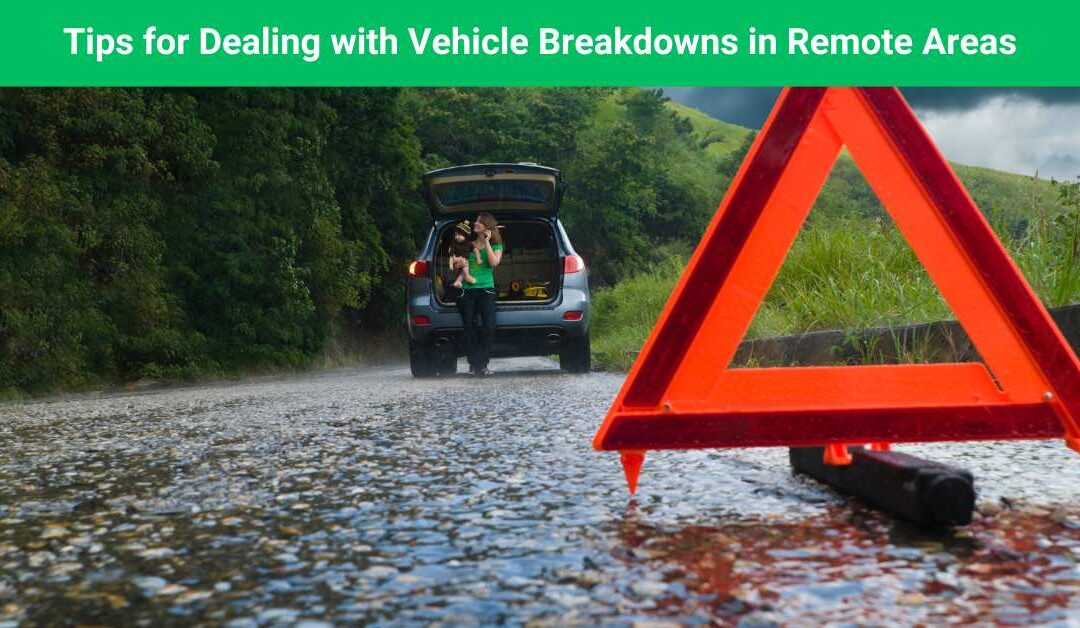Experiencing a vehicle breakdown in a remote area can be daunting, especially when help isn’t immediately accessible. However, staying calm and following the right steps can keep you safe while ensuring your vehicle is properly managed.
Assess the Situation and Stay Calm
When your vehicle breaks down, the first step is to remain calm and assess the situation. Pull over to a safe location, such as the side of the road or a flat, visible spot away from traffic. Turn on your hazard lights to alert other drivers and increase your visibility.
Staying calm helps you think clearly and make better decisions. Avoid panicking, as this can lead to rushed actions that might exacerbate the problem or put you in danger.
Ensure Personal Safety
Your safety is the top priority. If you’re on a busy road or in a potentially unsafe area, stay inside your car with the doors locked. If you must exit the vehicle, do so cautiously and only if it’s safe, keeping yourself well away from traffic.
Use reflective triangles or flares to signal to other drivers that your car is stationary. This is especially important at night or during poor weather conditions when visibility is reduced.
Attempt Basic Troubleshooting
If you’re familiar with your vehicle’s mechanics, perform a basic check to identify the issue. Common problems like a dead battery, flat tire, or overheating can sometimes be addressed with simple tools if you’re equipped.
Always consult your owner’s manual for guidance, and never attempt repairs if you’re unsure or if it puts you at risk. For more serious issues, it’s best to wait for professional assistance.
Contact Emergency Services or Towing
In remote areas, contacting help can be challenging due to limited cell reception. If you have a signal, call roadside assistance or a towing service and provide them with your exact location. Use GPS coordinates or describe nearby landmarks to help them locate you.
If phone service is unavailable, stay with your vehicle and wait for passing motorists who might assist or notify authorities. Leaving your car can increase the risk of getting lost or encountering hazards.
Prepare for Extended Wait Times
Breakdowns in remote areas often result in longer wait times for assistance. Prepare for this by keeping essential items in your car, such as water, non-perishable snacks, a first aid kit, blankets, and a flashlight with spare batteries.
Having a fully charged power bank can keep your phone operational, ensuring you can make calls or access navigation tools when needed.
Conclusion
Dealing with a vehicle breakdown in a remote area can be stressful, but the right approach ensures safety and efficiency. By staying calm, prioritizing personal safety, and being prepared for unexpected delays, you can navigate the situation effectively. Always keep your car equipped for emergencies to make the experience as manageable as possible, no matter where you are.


Recent Comments